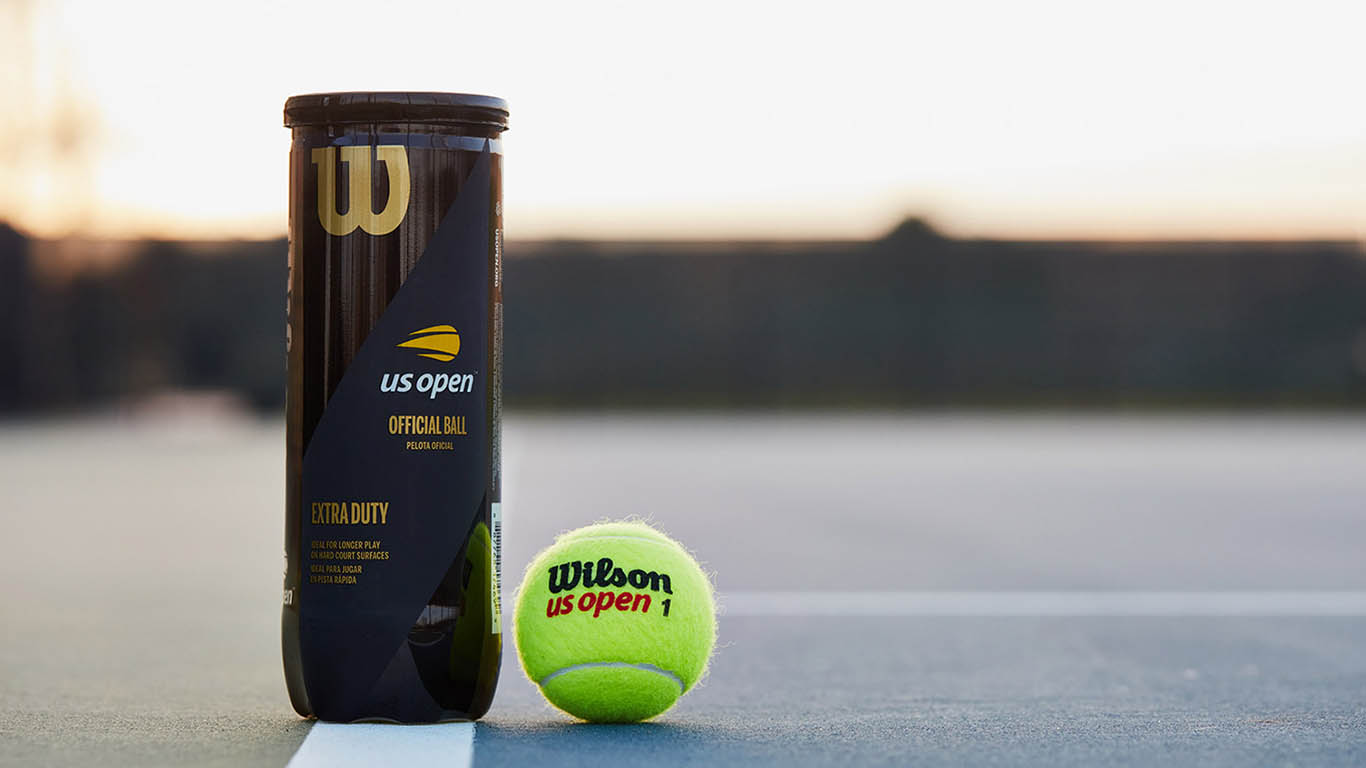Transitional tennis balls are specially designed to help youth players are just starting and learning sports. Transition tennis balls or starter tennis balls play slower than ordinary tennis balls to provide these developmental young people with the opportunity to handle their craft by allowing them to work on their technique and timing before raising the pace of the game. Transitional tennis balls are color -coded based on the player’s age, along with the color of the ball. The main distribution between each of them will be the pressure of the ball, which translates into how much to bounce and speed it will have.
Red
The red stage consists of larger Foam QST 36 and QST 36 low compression felt tennis balls. These options are the first step for all new youth tennis players. Designed for the age of 8 years or less, the red transient balls are pushed about 75% less than a normal tennis ball, leading to lower reflection and pace.
Orange
The orange scene consists of QST 60 low compression tennis ballsWith a level of reduced reflection and speed, it is great for children aged 9-10 years. These are low compression balls, which are reflected in about half as a normal tennis ball.
Green
Green Dot Tennis Balls have a 25% reduction of reflection as a regular tennis ball that makes it ideal for children aged 11 or more, at this age you can start to go to Yellow tennis balls depending on their level of game.
One of the most common questions that appear when buying tennis balls is: what is the difference between another duty, regular service and high altitude? Despite the fact that they look very similar, they were created with different purposes:
Additional obligation
The one Additional obligation The type of ball is created for hard courts, these tennis balls have a slightly woven woven around the rubber core to withstand the cut. This means that the felt on these balls is less likely to boast when they play. While the balls also tend to be more durable, they don’t play as fast as conventional balls.
Regular obligation
Regular taxes of tennis balls They were created for softer surfaces such as clay or internal courts. Increased moisture and dirt can cause these balls to taste more than extra. These balls play faster, but are less resistant than additional duties.
High altitude
As the name suggests, tennis balls with a high altitude are developing for the courts over 3,500 feet. The depressurized core helps to regulate the live performance of the tennis ball and keeps them a little more under control at these higher altitudes, where standard tennis balls tend to “fly”.
Now that you know something about every type of tennis ball, it is important to emphasize that everyone can be used in any court, it only depends on what you are looking for. For example: players who prefer a faster ball could consider using a regular functional ball on a hard surface, while the compromise was slightly reduced wear. Players who prefer slower and more durable balls could try to use another ball function on the soft judgment surface, while the compromise increased the fluff. In this sense, there is no rule for each type of ball, you have to experience different balls, different games and different courts to realize which one is better with your game.
















